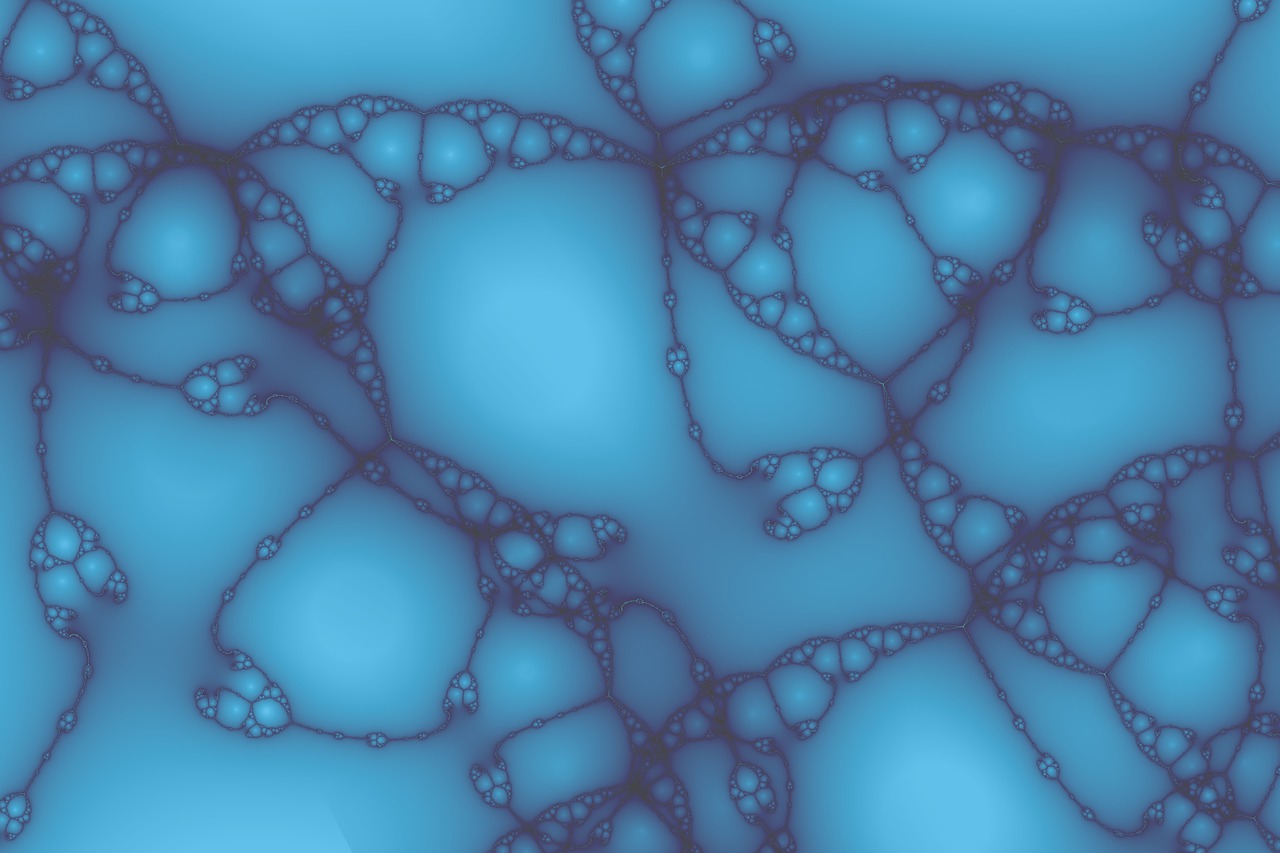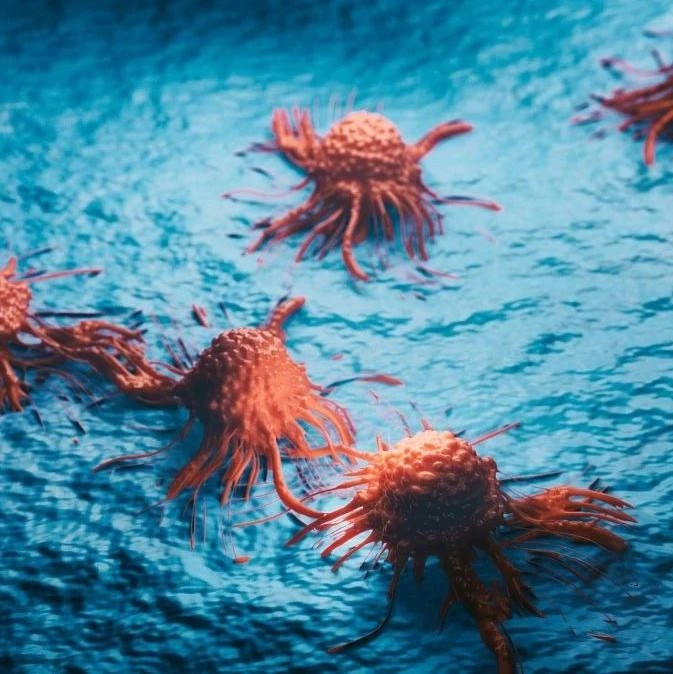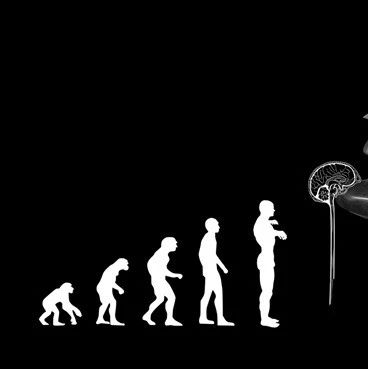
许琛琦研究员
身体里的钙有什么作用?它能强健骨骼、让肌肉不会轻易抽筋,还能增强机体免疫力。这是中国科学院生物化学与细胞生物学研究所/国家蛋白质科学中心(上海)许琛琦研究员课题组的最新发现:在细胞里的钙离子,能帮助人体内T淋巴细胞的活化,提高T淋巴细胞对“外敌入侵”的敏感性,从而帮助机体清除病原体。昨天凌晨,国际权威学术刊物《自然》在线发表了这一发现。该论文也是新成立的国家蛋白质科学中心(上海)的第一篇学术论文。
T淋巴细胞是人体免疫系统中的“高级部队”。它巡游在人体内,一旦发现细菌、病毒等“外敌”入侵,即使数量极其微小,也会及时行动起来,召集其他“免疫大军”,坚决将其清除其敏感程度,只有神经细胞可相媲美。
也正因此,T细胞也成了不少病毒、肿瘤细胞的攻击对象。比如,艾滋病毒就直接攻击T细胞,因为一旦让T细胞“缴械”,它就能在人体内长驱直入。
经过几年努力,许琛琦有了新发现。原来,在每一个T细胞的膜上,都有多达几千个信号接收器TCR(T细胞抗原受体),像哨兵一样担任警戒任务。TCR身上有数个活化位点,平时被脂质分子包裹着。这些位点如开关,一旦侦察到外敌,就会迅速激活并打开细胞上的“钙闸门”,将细胞外的钙离子放进细胞,让细胞内钙离子浓度迅速增加10倍。
当钙离子进入细胞后,它们会拉开其他的脂质分子,打开更多的TCR开关,从而活化T细胞,开启各种“应急预案”,有的产生蛋白质御敌,有的下令免疫细胞增殖齐心协力消灭“坏蛋”。
“T细胞这种信号放大机制,还是首次发现。”许琛琦介绍。病毒专家、中科院上海巴斯德研究所所长孙兵研究员对此很感兴趣,既然只要去掉TCR上的脂质分子屏蔽,就能增强T细胞功能,那么我们可以设计药物来完成这个任务,使被病毒“挟持”的T细胞恢复活力,就能清除体内病毒,尤其是慢性病毒,如乙肝病毒。国际免疫学权威、美国斯坦福大学医学院免疫、移植与感染研究所所长马克·戴维斯教授评论说:“这项工作揭示了T细胞工作的一个关键性机制,完成得非常漂亮,其发现令人兴奋。”
附:许琛琦研究员简介
1994-1998年,华东师范大学生物化学专业,理学学士;1998-2001,华东师范大学与中科院生化所联合培养理学硕士;2001-2004年,中科院生物化学与细胞生物学研究所,理学博士。2004年赴美国哈佛大学医学院Dana-Farber肿瘤研究所从事免疫学研究,先后为博士后(受美国关节炎基金会资助),instructor。2009年6月回中科院生化与细胞所工作,担任研究员,研究组长。
研究方向:淋巴细胞的信号转导

 Ca2+ regulates T-cell receptor activation by modulating the charge property of lipids
Ca2+ regulates T-cell receptor activation by modulating the charge property of lipids
Xiaoshan Shi, Yunchen Bi, Wei Yang, Xingdong Guo, Yan Jiang, Chanjuan Wan, Lunyi Li, Yibing Bai, Jun Guo, Yujuan Wang, Xiangjun Chen, Bo Wu, Hongbin Sun, Wanli Liu, Junfeng Wang & Chenqi Xu
Ionic protein–lipid interactions are critical for the structure and function of membrane receptors, ion channels, integrins and many other proteins. However, the regulatory mechanism of these interactions is largely unknown. Here we show that Ca2+ can bind directly to anionic phospholipids and thus modulate membrane protein function. The activation of T-cell antigen receptor–CD3 complex (TCR), a key membrane receptor for adaptive immunity, is regulated by ionic interactions between positively charged CD3ε/ζ cytoplasmic domains (CD3CD) and negatively charged phospholipids in the plasma membrane. Crucial tyrosines are buried in the membrane and are largely protected from phosphorylation in resting T cells. It is not clear how CD3CD dissociates from the membrane in antigen-stimulated T cells. The antigen engagement of even a single TCR triggers a Ca2+ influx and TCR-proximal Ca2+ concentration is higher than the average cytosolic Ca2+ concentration. Our biochemical, live-cell fluorescence resonance energy transfer and NMR experiments showed that an increase in Ca2+ concentration induced the dissociation of CD3CD from the membrane and the solvent exposure of tyrosine residues. As a consequence, CD3 tyrosine phosphorylation was significantly enhanced by Ca2+ influx. Moreover, when compared with wild-type cells, Ca2+ channel-deficient T cells had substantially lower levels of CD3 phosphorylation after stimulation. The effect of Ca2+ on facilitating CD3 phosphorylation is primarily due to the charge of this ion, as demonstrated by the fact that replacing Ca2+ with the non-physiological ion Sr2+ resulted in the same feedback effect. Finally, 31P NMR spectroscopy showed that Ca2+ bound to the phosphate group in anionic phospholipids at physiological concentrations, thus neutralizing the negative charge of phospholipids. Rather than initiating CD3 phosphorylation, this regulatory pathway of Ca2+ has a positive feedback effect on amplifying and sustaining CD3 phosphorylation and should enhance T-cell sensitivity to foreign antigens. Our study thus provides a new regulatory mechanism of Ca2+ to T-cell activation involving direct lipid manipulation.
文献链接:Ca2+ regulates T-cell receptor activation by modulating the charge property of lipids







